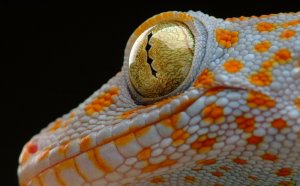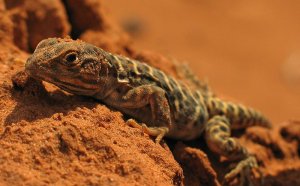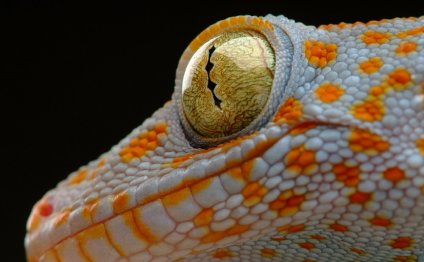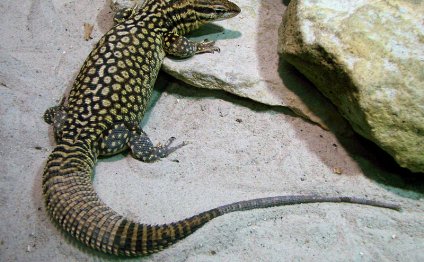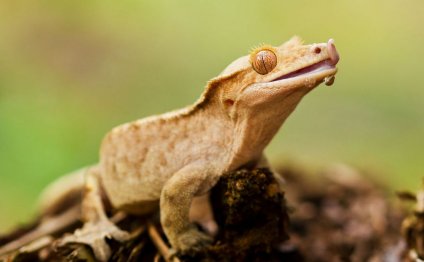
Lizards for pets
8-12 inches (mostly tail)
CAGE TEMPS:
Daytime - 75-80℉
Basking - 85-90℉
Cool side - 65-75℉
- If temp falls below 65℉ at night, may need supplemental infrared or ceramic heat.
WILD HISTORY:
Long-tailed grass lizards live in the more heavily planted savannah regions of India, China, Burma, Thailand, Laos, Cambodia, Vietnam, the Malaysian Peninsula, and Indonesia
The species ocellatus can be found in South China, Hainan, Thailand, Laos, Cambodia, Vietnam, North Burma, and Northern Malaysia.
PHYSICAL CHARACTERISTICS:
Long-tailed grass lizards are greenish brown with white stripes running along the length of their bodies. They are beautiful, delicately slim bodied lizards with tails that are longer than their bodies. The tail is slightly prehensile and the lizard can wrap it around braches to help balance and secure itself in low trees and shrubs.
NORMAL BEHAVIOR & INTERACTION:
Some grass lizards can be tamed to sit on the hand, but being out of the cage generally stresses them. Stress can, in turn, cause illness. Grass lizards can have a strong bite for a small lizard. When chased by a predator and grabbed by the tail, they will drop their tail (which will continue to wiggle to distract the predator) so they can escape. Long-tailed grass lizards are very energetic and entertaining to watch in their enclosure.
FEEDING:
Insectivorous - live prey. Feed every other day. Protein sources such as: gut-loaded crickets, small mealworms and wax worms dusted with a supplement should make up the grass lizard diet. Wild caught insects should never be fed, since they can carry disease. All insects should be gut loaded (fed a nutritious diet about 24-hours before being offered to your lizard - see our cricket care sheet). Be careful to feed the proper size prey for your lizard’s size. A good rule of thumb is that a cricket should be never be larger than the distance between the lizard's eyes, or the distance from its eyes to its nose. Feed as many insects as your lizard will eat in 3-5 minutes. If they do not eat all the insects, they can be left inside the enclosure, just make sure you put enough cricket food and moisture (orange slice) into the enclosure so the crickets don’t begin to chew on the lizard. It is normally recommended that excess, uneaten crickets be removed from a lizard enclosure, but considering the fact that your enclosure may be thickly planted, it may be impossible to remove them without stressing the lizards. Try to introduce the crickets slowly, so you can watch your lizards eat them before introducing more.
SHEDDING:
Unlike snakes, lizards shed their skin in patches, not all in one piece. Your pet will become an overall dull color, and the skin over the eyelids may ‘pop’ at a certain point and make your lizard look like a bug-eyed bullfrog. Do not peel off the skin if it is not ready to come off. This can be dangerous and painful. Most lizard species will shed every 4-6 weeks. If the enclosure environment is ideal, the keeper often has no idea that their pet has shed, as it will happen more quickly and the lizard will often eat its own shed skin.
In the wild, lizards have a much easier time with their sheds, as they are generally in a more naturally humid environment and have access to pools or bodies of water in which they can soak at will. Even lizards from arid areas find humid places to go during the shedding process, such as cold, moist burrows under the sand or caves. The shedding process happens when the lizard’s body begins to grow a new layer of skin, which new layer begins to separate from the old and a very thin layer of fluid forms between the two layers. If your pet’s enclosure is too dry, this fluid layer will not form properly, making it difficult for your reptile to shed properly.
To create more humidity, the entire tank can be lightly spray misted twice a day during shedding time. Spray once in the morning and once later in the day. Make sure the later spray dries completely before lights go off for the night. Some lizards may also benefit from a ‘moist box’ during shedding time. This can be a Tupperware-like container (with the cover on) containing a bed of moist reptile terrarium moss. The container should be big enough for the entire lizard to be inside with an entry door cut in the side just large enough for the lizard to come and go at will. Keep the moss moist but not watery, and place the box on the heating pad in the tank.
If your lizard still has a hard time getting the shed completely off its toes, tail or head, help him by spraying the area with water and gently massaging the skin until it peels off. If the retained shed is severe and cannot be removed easily, see your exotic veterinarian.
SUPPLEMENTS:
Dust food with calcium supplement and vitamin supplements. As a rule, a growing juvenile's food (and a pregnant/gravid female’s) should be dusted more often than an adult's. Follow your veterinarian’s instructions for applying supplements to avoid over-supplementing food. Our veterinarian recommends dusting insects with a good quality calcium supplement fortified with vitamin D3, 2-3 times a week. (Avoid using a calcium supplement with added phosphorous, unless specifically directed by your veterinarian, since this can promote kidney disease.) Always consult your veterinarian for specific directions on supplementing your pet’s food, since there are many variables that go into determining the best supplementing regimen for a given animal.
WATER:
A large bowl of clean fresh chlorine-free water must always be available. Place it on the cool side of your lizard’s enclosure. Change it daily, or as needed, as your pet will most likely bathe in it as well. Grass lizards will most often drink from the droplets of water that have been sprayed into the cage, so do be sure to spray the inside of the cage 2 times a day All water given to lizards for drinking, as well as water used for misting, soaking or bathing must be 100% free of chlorine and heavy metals. (Not all home water filtration systems remove 100% of the chlorine and heavy metals from tap water). We recommend that you use unflavored bottled drinking water or bottled natural spring water; never use untreated tap water. If tap water is used, you should treat it with a de-chlorinating treatment. De-chlorinator is available in the pet store fish department. If you do not want to chemically de-chlorinate the water, you can leave an open container of tap water out for at least 24 hours. Do not use distilled water, which can cause severe medical problems, since it lacks minerals that are essential to important body functions. If only tap water can be used, at least de-chlorinate the water. A daily misting or two with chlorine-free water will also be appreciated. However, care should be taken not to allow the enclosure to become damp. Also, do not mist less than two hours before turning the heat lamps off for the day.
RECOMMENDED SUPPLIES:
| *20 gallon high (or larger) reptile tank with very secure mesh top with clips. | *Light dome and 50 watt bulb for a 20H tank. |
| *Under tank heater - placed under same side of tank as basking light. | *Temperature/humidity gauge - do not stick to side of tank. |
| *Dry ‘hide house.’ | *Coconut fiber substrate. |
| *Large water bowl big enough to soak in. | *UVB Bulb and housing. |
RELATED VIDEO
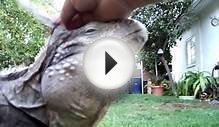
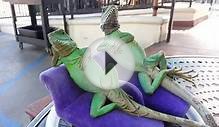
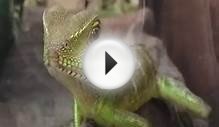
Share this Post
Related posts
Colorful lizard
A very large species of chameleon that is endemic to forests in eastern and northern Madagascar. They reach up to 68 cm (27…
Read MoreTypes of lizards for pets
The same chemicals cedar trees use to repel insects can harm your pet reptile. Images One of the most fun aspects of reptile…
Read More